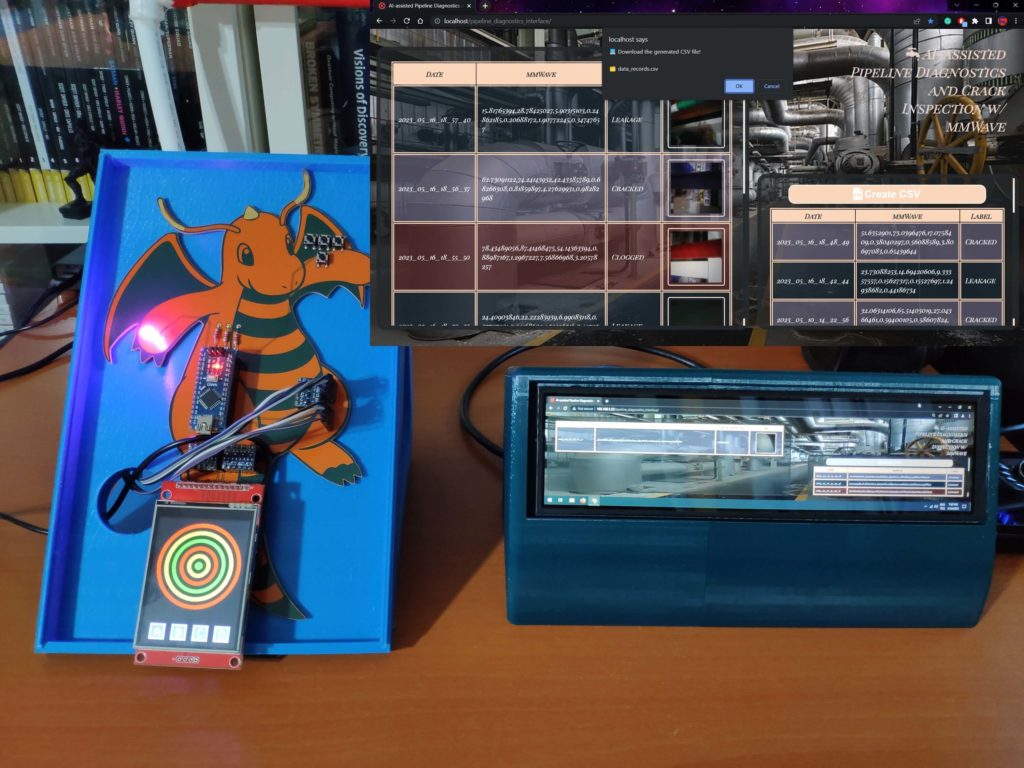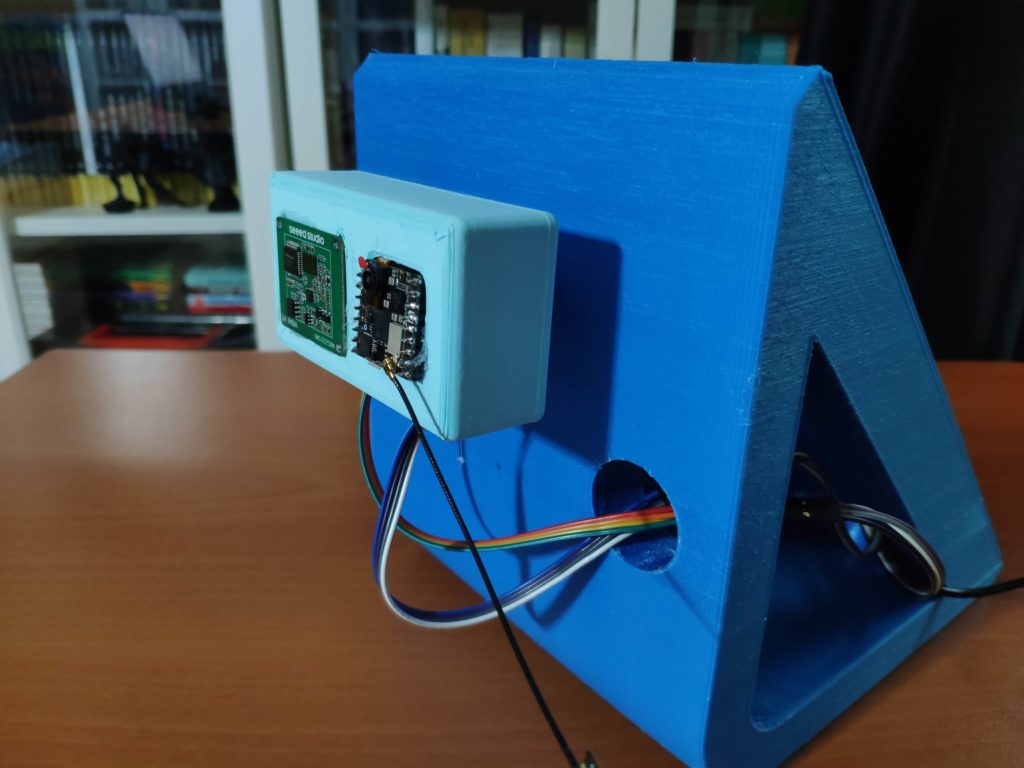Enabling automated pipeline maintenance with edge AI

Pipelines are integral to our modern way of life, as they enable the fast transportation of water and energy between central providers and the eventual consumers of that resource. However, the presence of cracks from mechanical or corrosive stress can lead to leaks, and thus waste of product or even potentially dangerous situations. Although methods using thermal cameras or microphones exist, they’re hard to use interchangeably across different pipeline types, which is why Kutluhan Aktar instead went with a combination of mmWave radar and an ML model running on an Arduino Nicla Vision board to detect these issues before they become a real problem.
The project was originally conceived as an arrangement of parts on a breadboard, including a Seeed Studio MR60BHA1 60GHz radar module, an ILI9341 TFT screen, an Arduino Nano for interfacing with the sensor and display, and a Nicla Vision board. From here, Kutluhan designed his own Dragonite-themed PCB, assembled the components, and began collecting training and testing data for a machine learning model by building a small PVC model, introducing various defects, and recording the differences in data from the mmWave sensor. The system is able to do this by measuring the minute variations in vibrations as liquids move around, with increased turbulence often being correlated with defects.

After configuring a time-series impulse, a classification model was trained with the help of Edge Impulse that would use the three labels (cracked, clogged, and leakage) to see if the pipe had any damage. It was then deployed to the Nicla Vision where it achieved an accuracy of 90% on real-world data. With the aid of the screen, operators can tell the result of the classification immediately, as well as send the data to a custom web application.
More details on the project be found here in its Edge Impulse docs page.